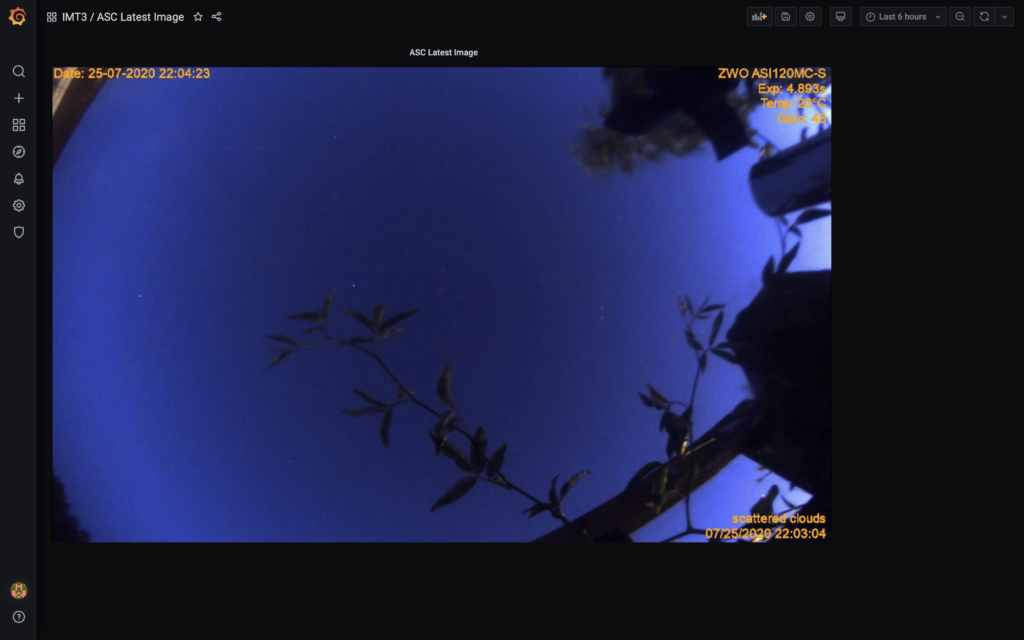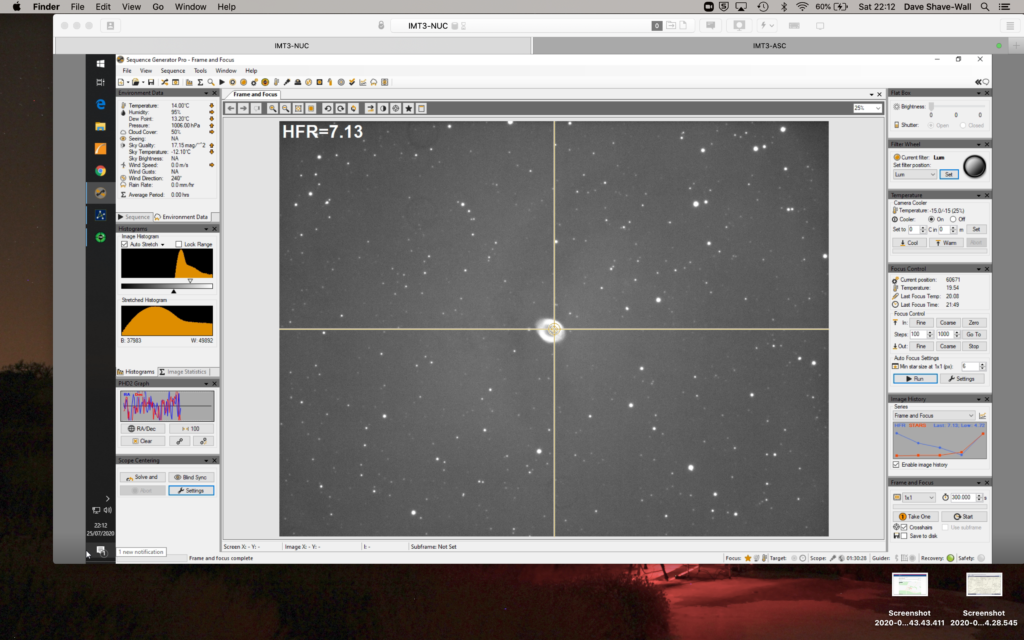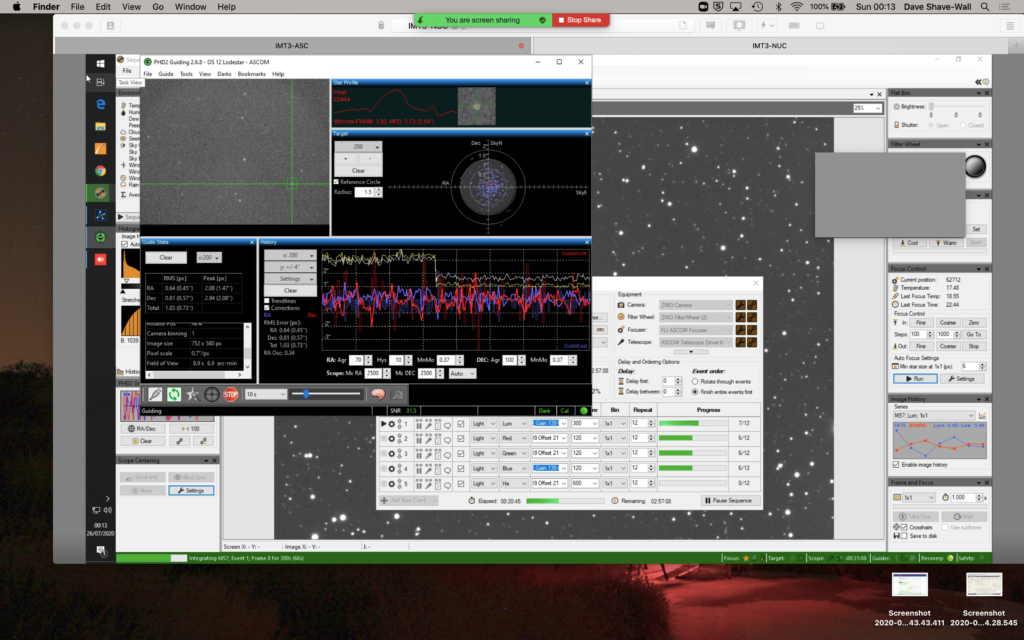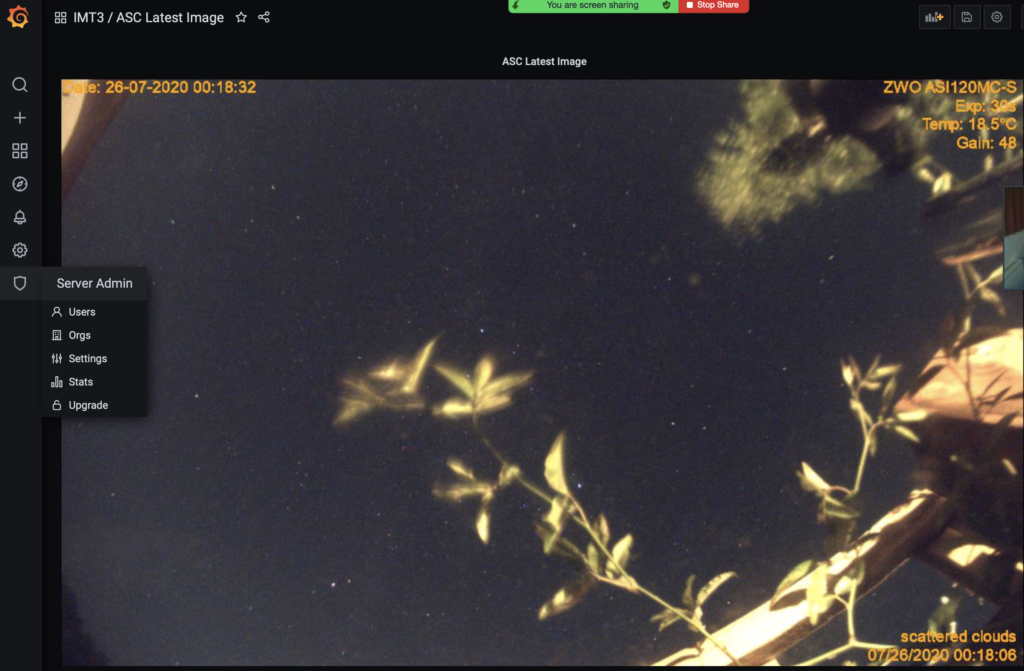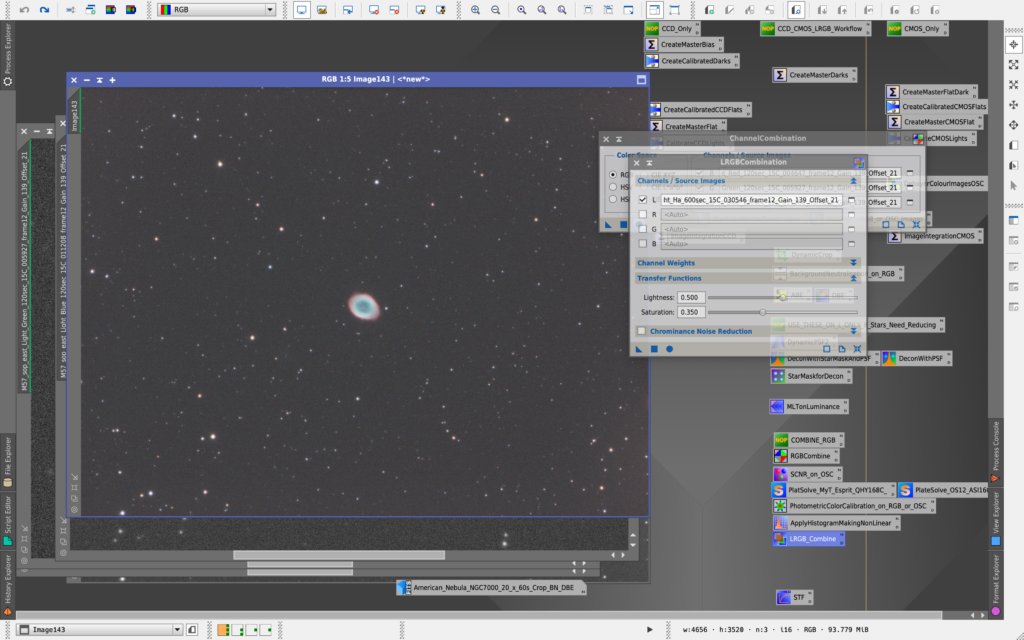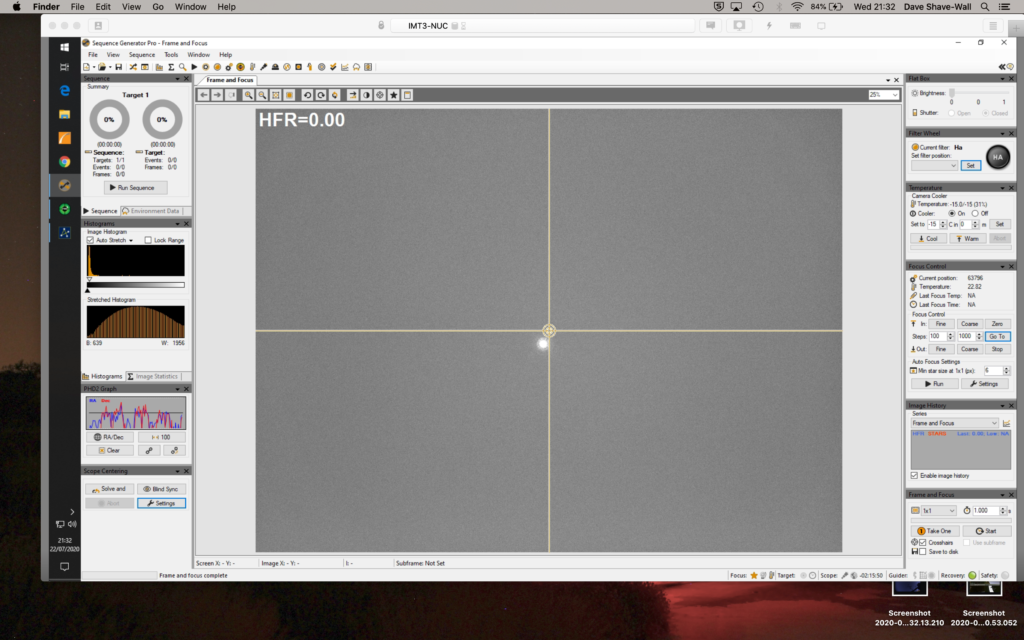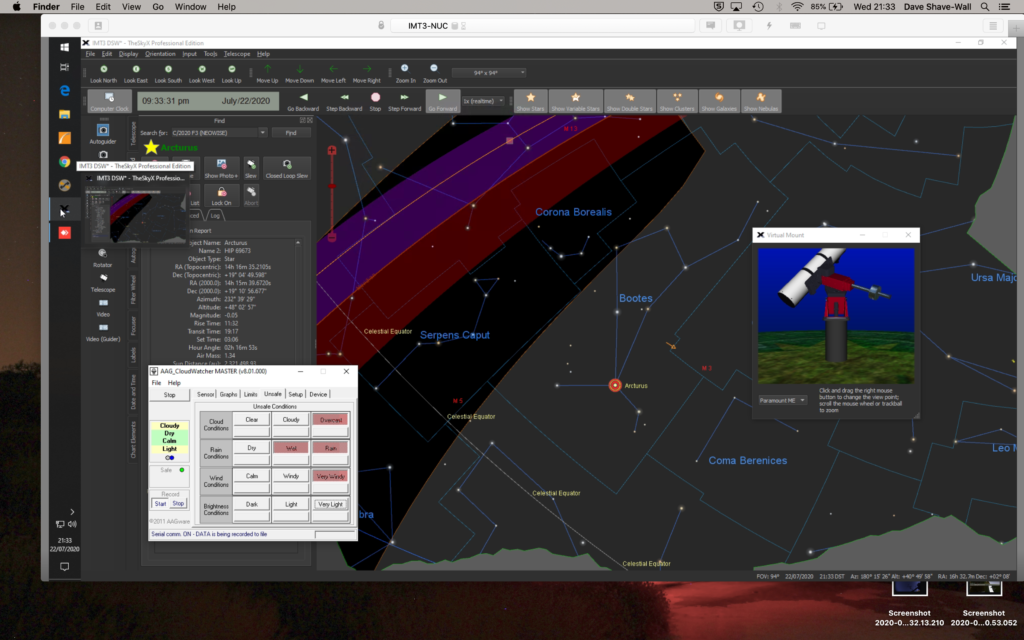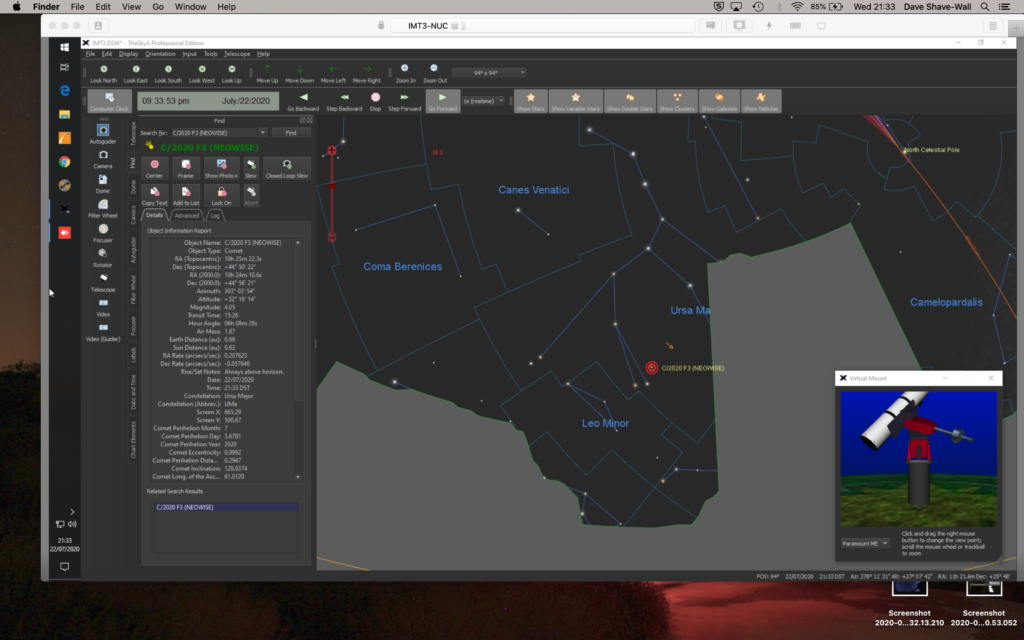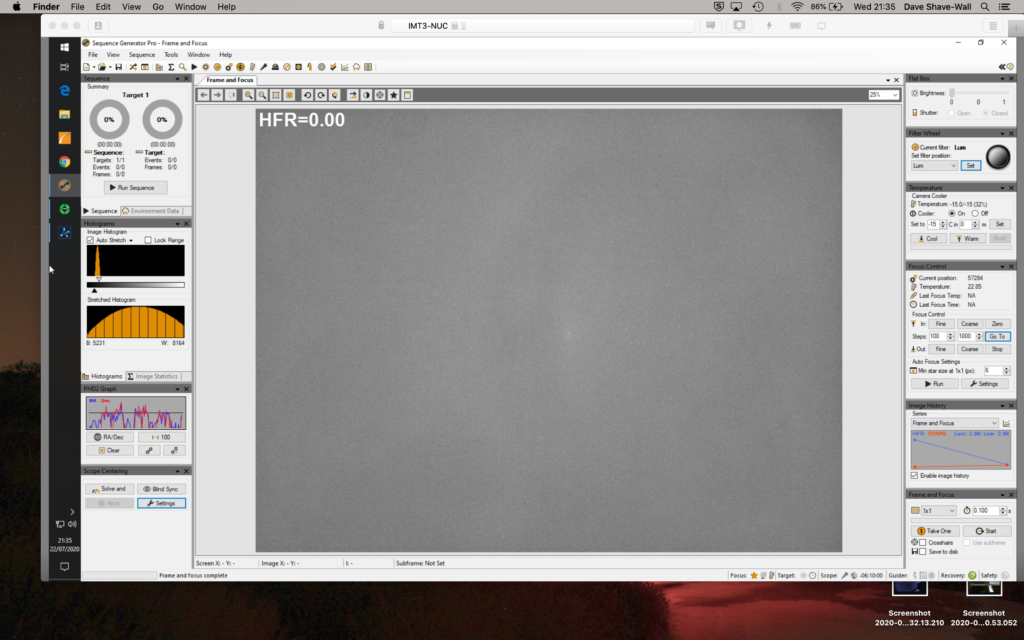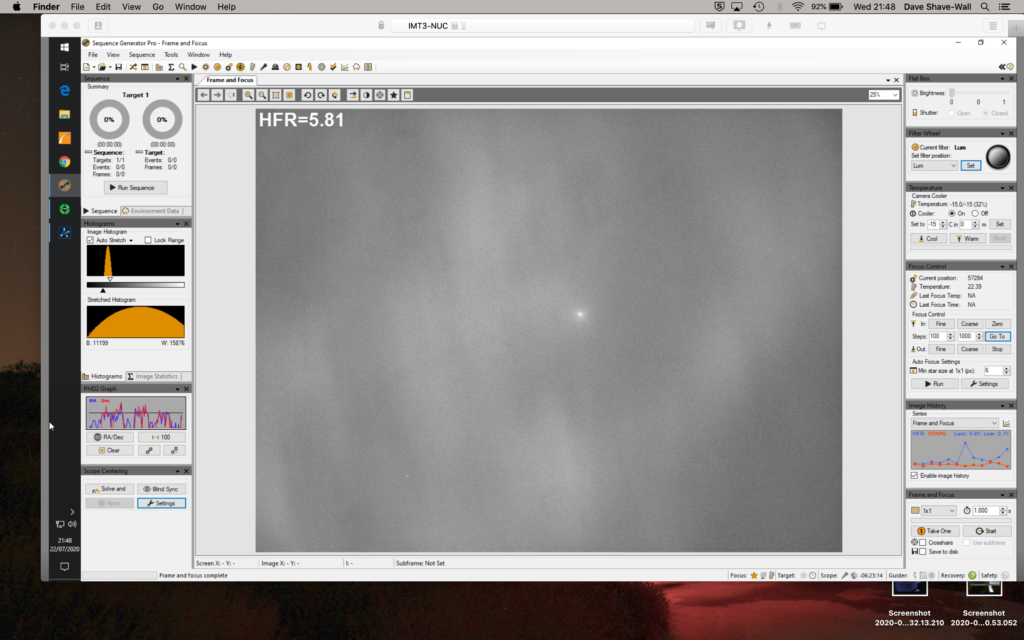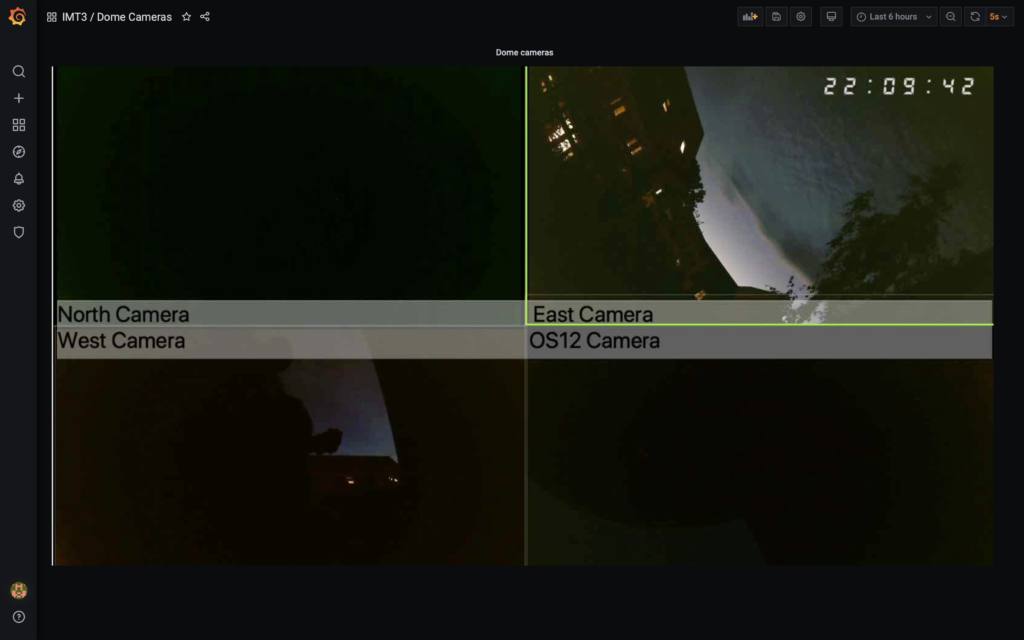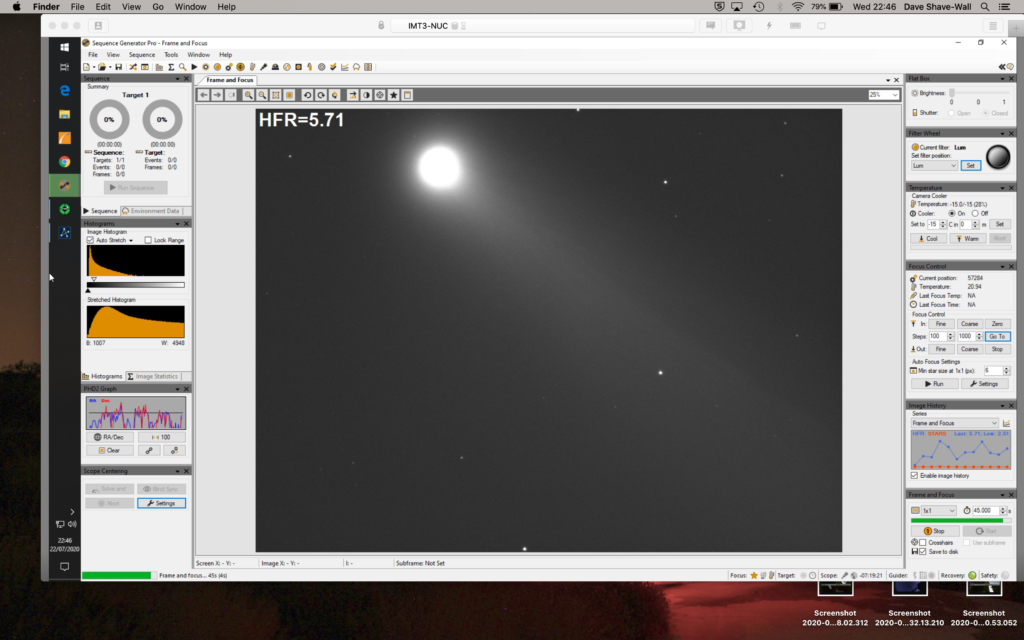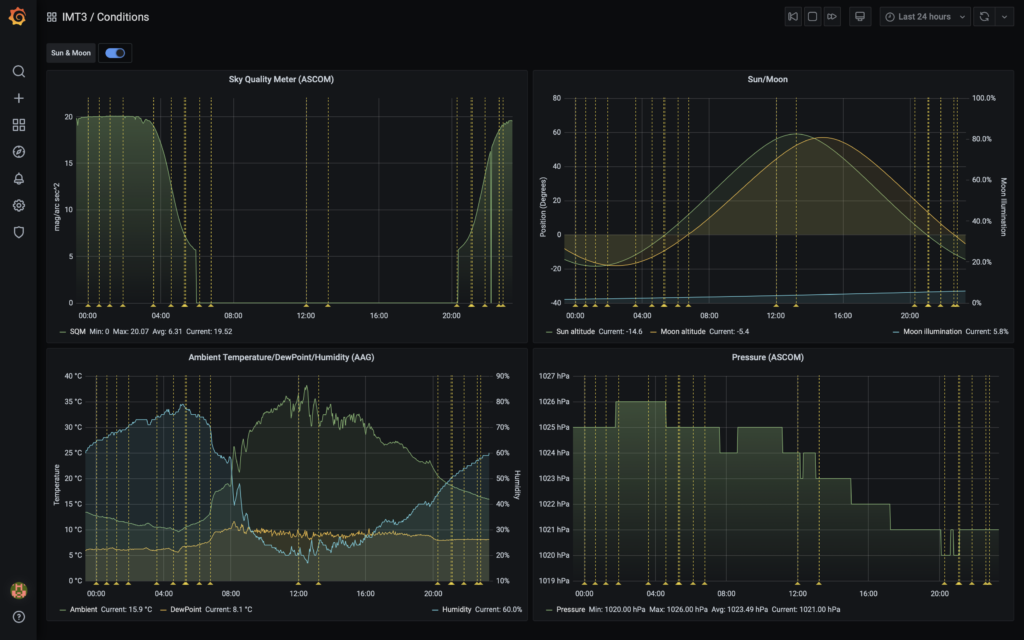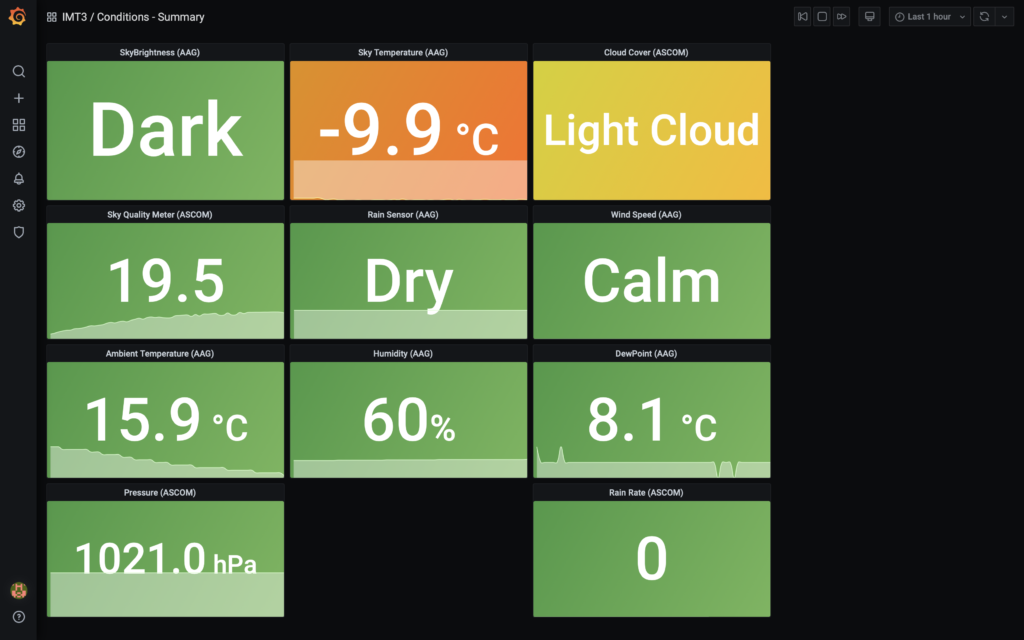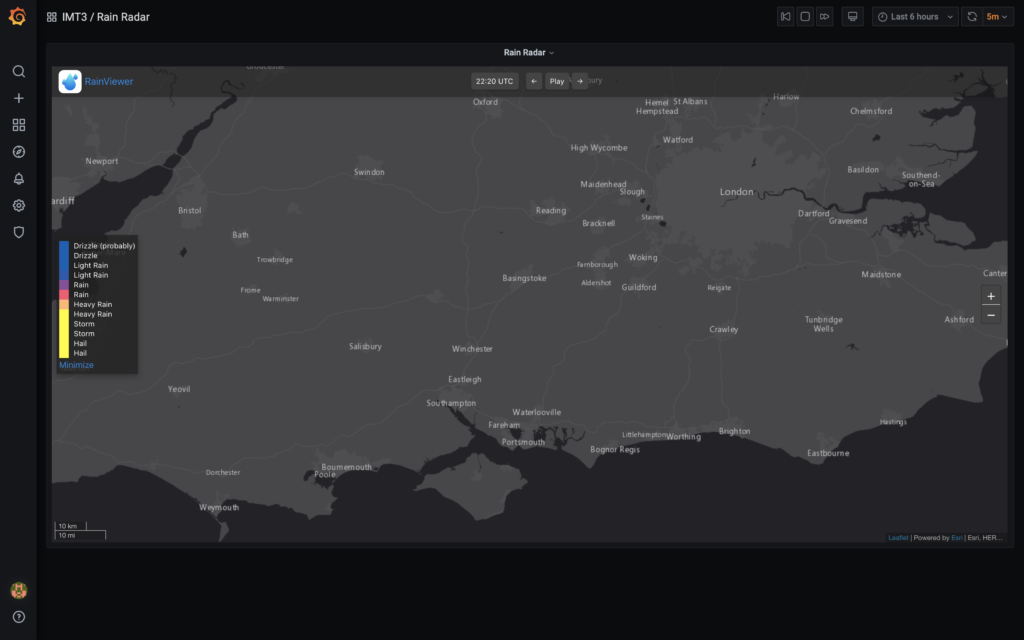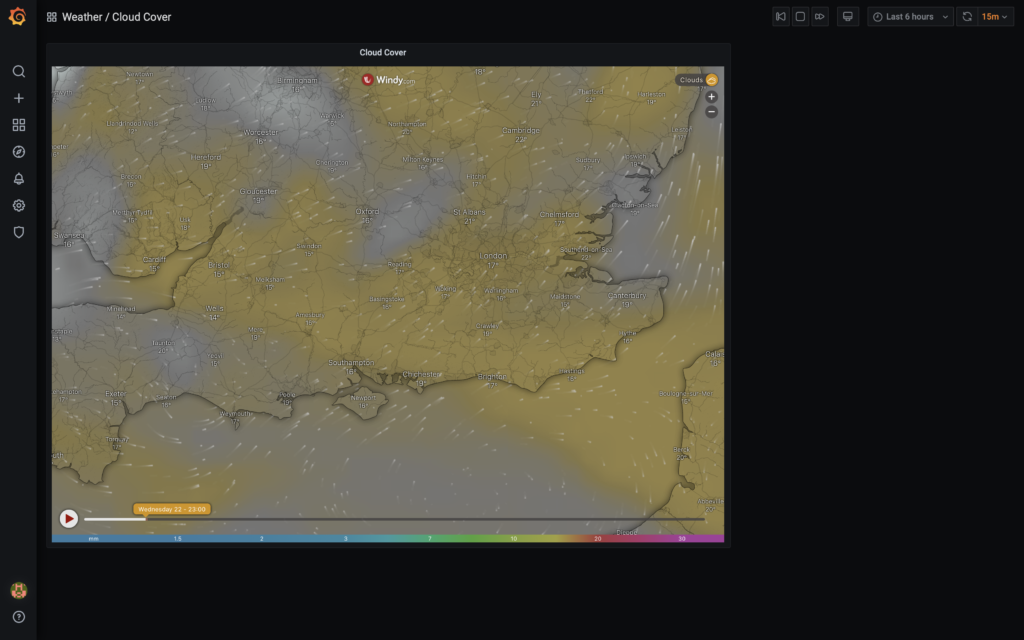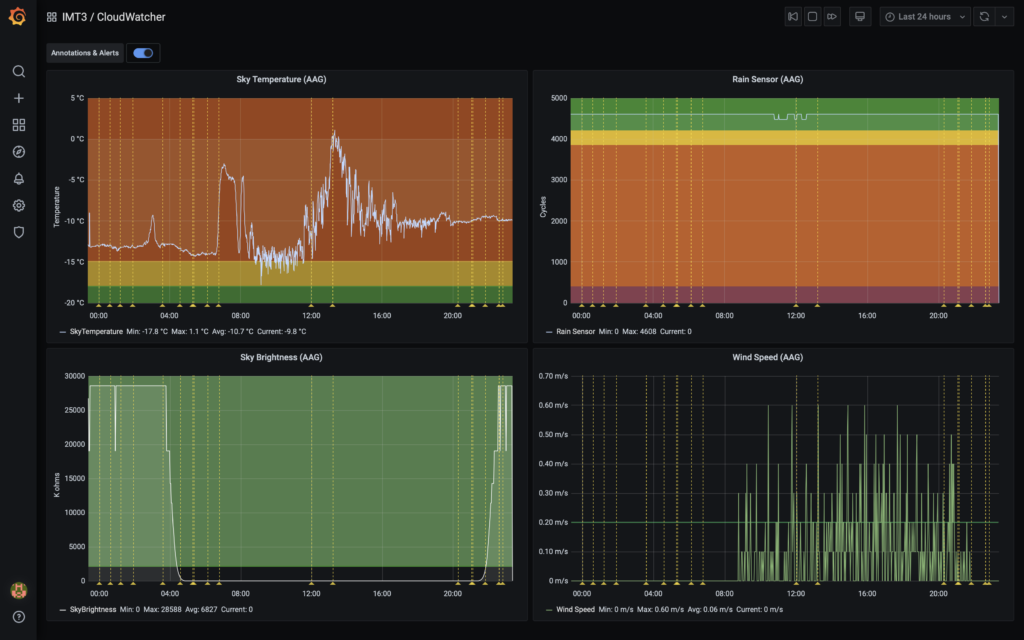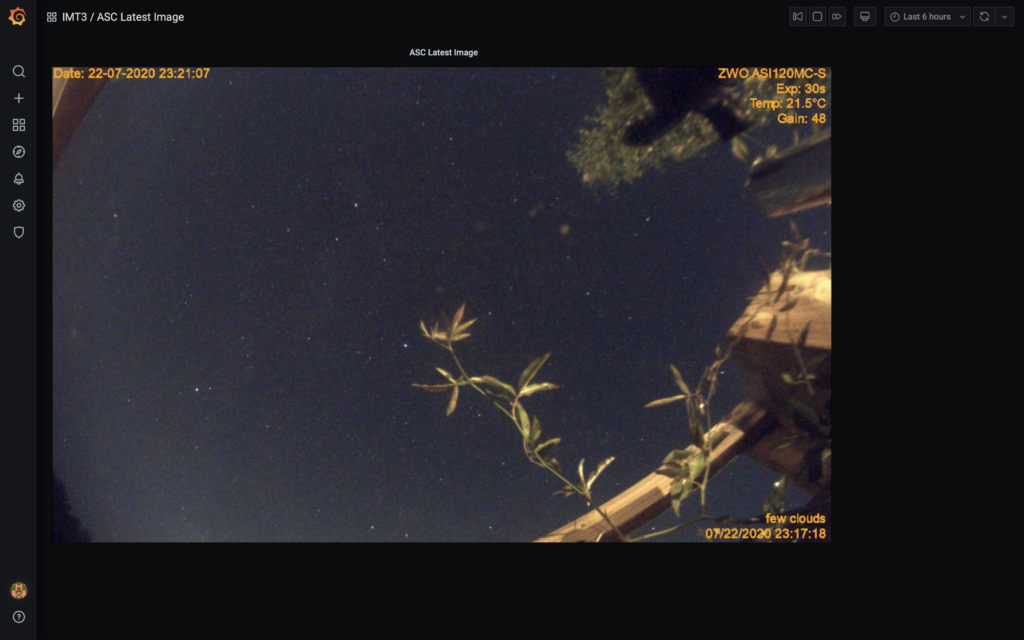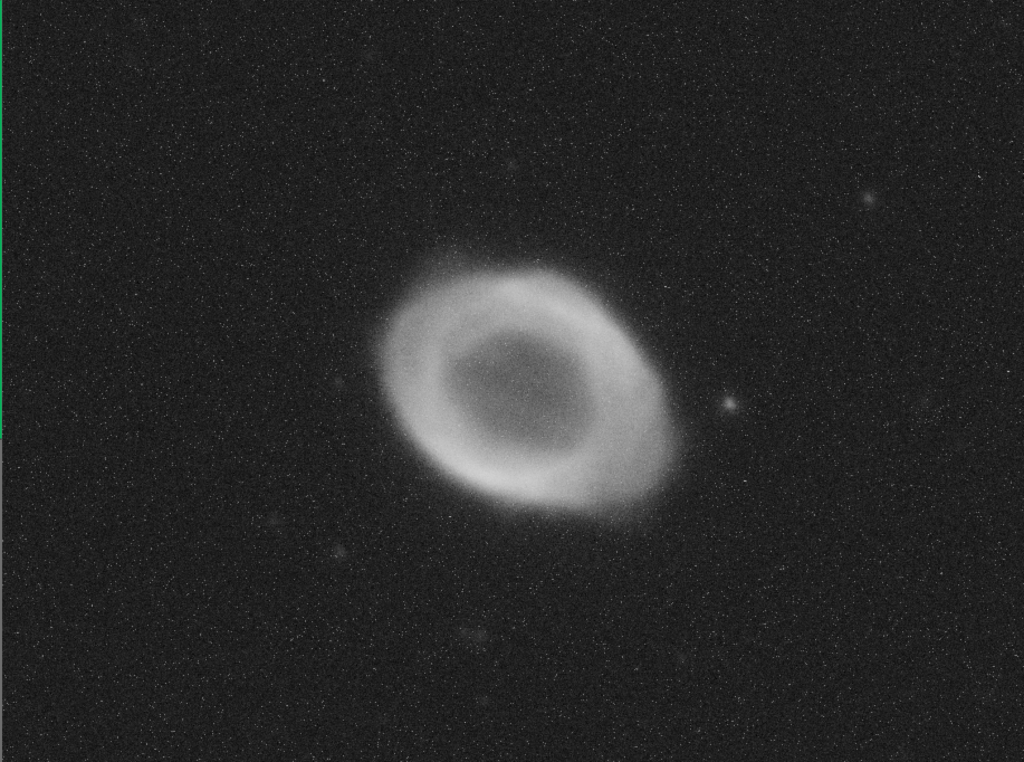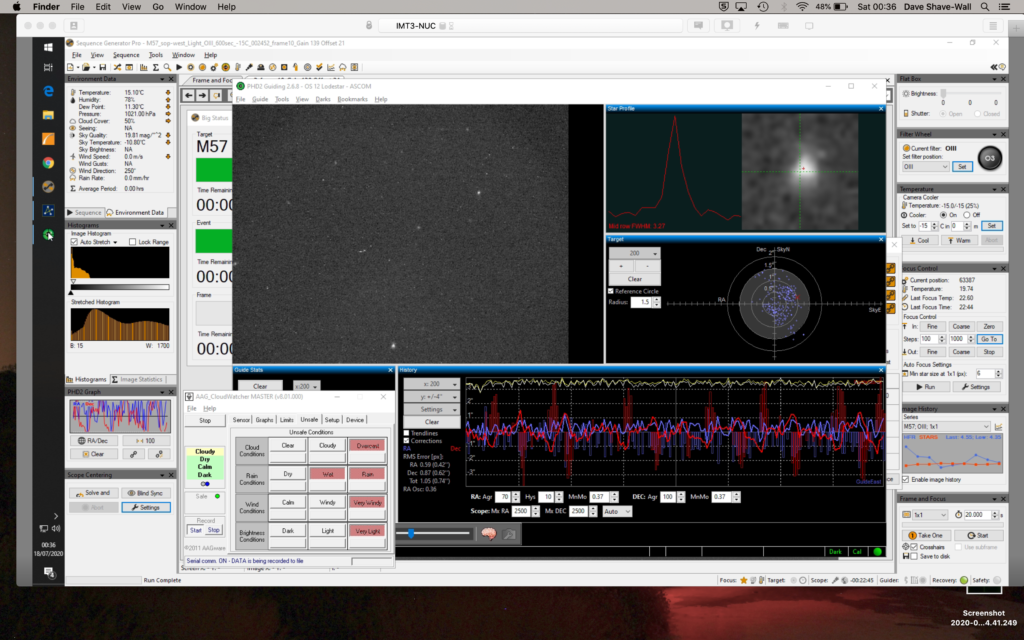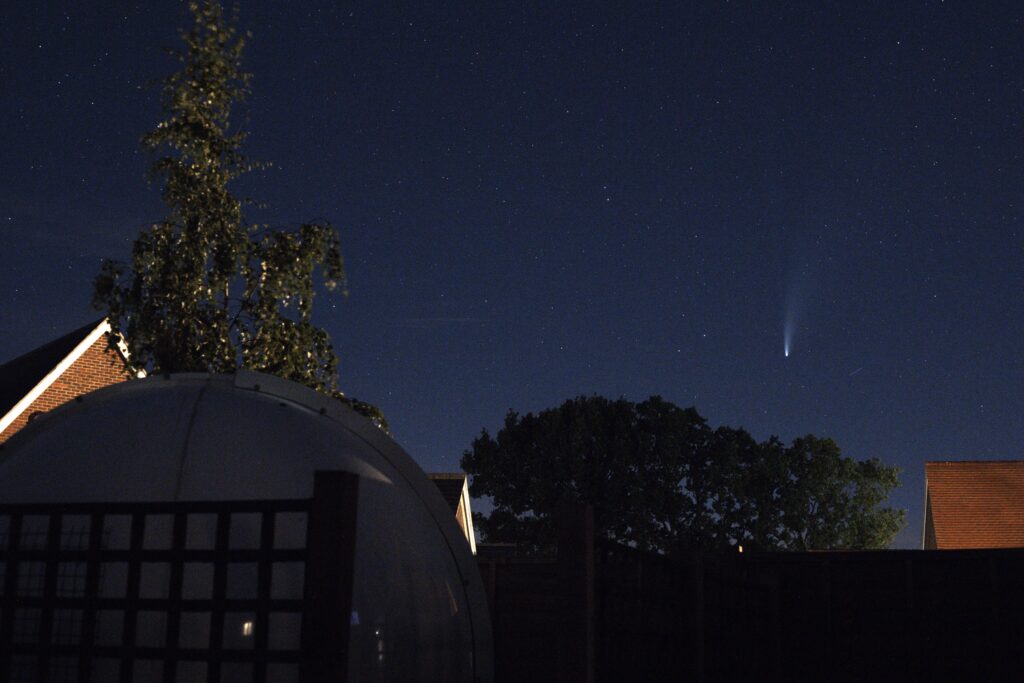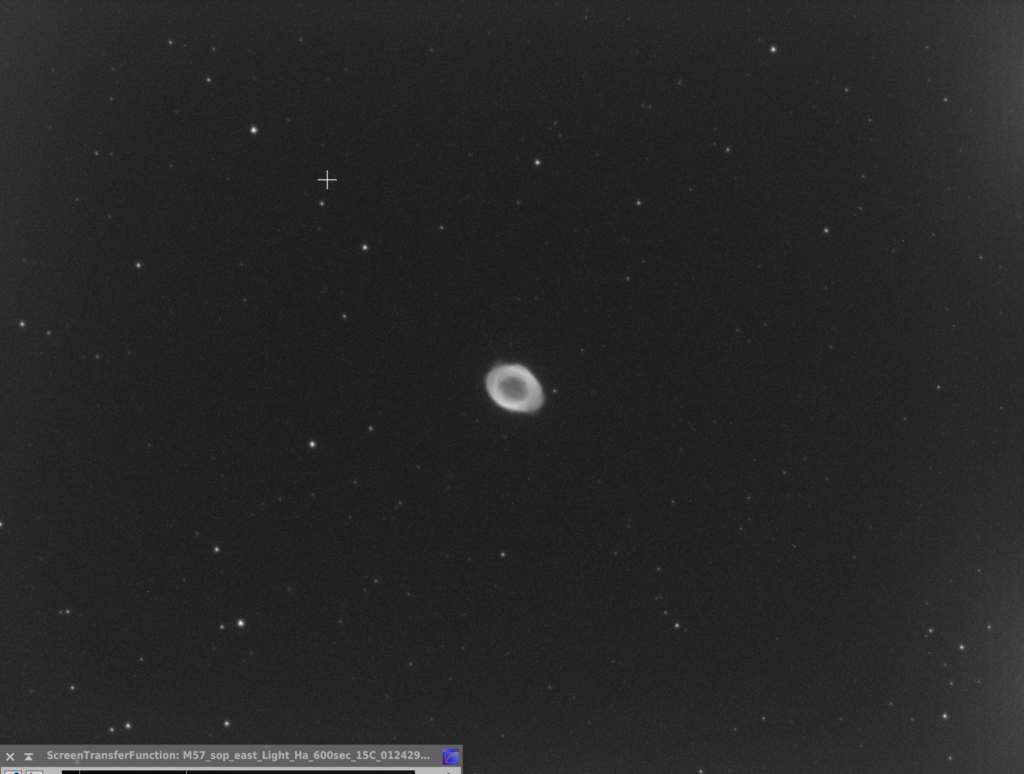Started around 21:15, Guiding by 22:02, Capture started 22:22, Finished at 03:31.
Dave and I are part of the amateur exoplanet monitoring effort for the ESA Ariel mission. We decided that we would allocate some time to try and provide observing data towards the project whenever we could.
Part of this requires some forward planning such as looking at the upcoming transit visible and their associated time. This is due to the altitude of the object, the ingress and the egress times of the projected transit.
Prior to this we had discussed in advance which object to target for the chosen evening. All the hard work of choosing objects is done by the Exospies project website as they list the candidates they need data for via a schedule. So it’s a simple task for use to go through the list and work out what fits best for us.

Unfortunately whilst opening the dome to cool down I decided to review the schedule but I was hit with a server 500 error from the website. In a panic that I might miss the start of the event I scoured the internet for alternate exoplanet transit time websites and found the excellent Exoplanet Transit Database of the Czech Astronomical Society.
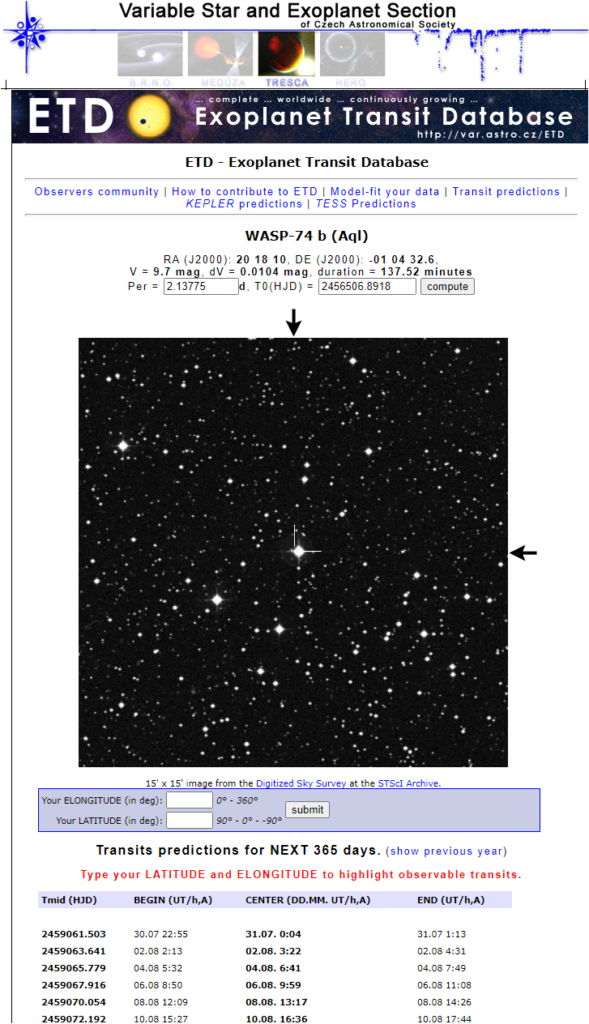
Later on I found https://www.exoworldsspies.com/en/scheduler/ as well which will be useful in the future, especially for looking at past events.
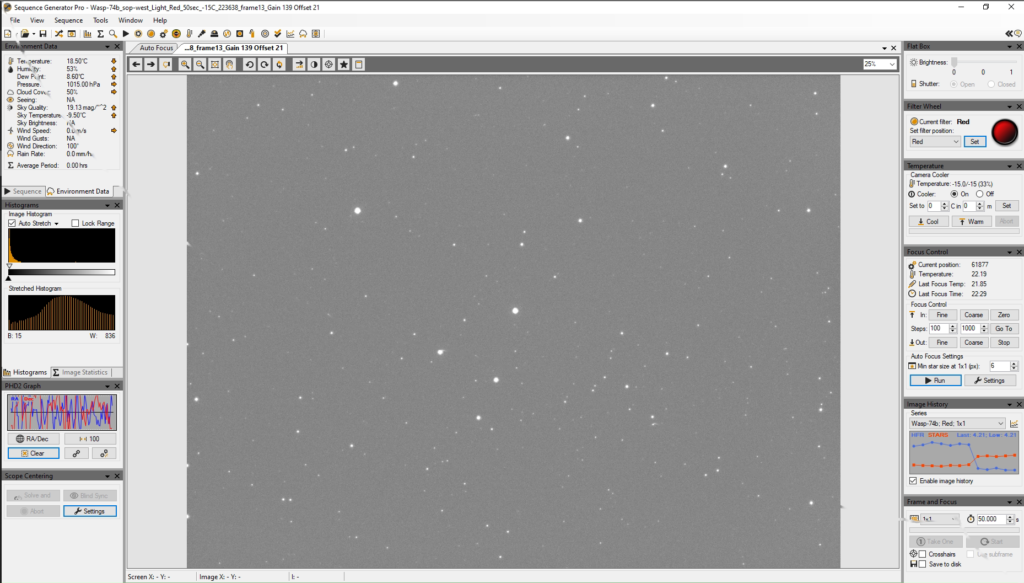
I had issues with focus drift all night due to the temperature fluctuations but at a recent Zoom session it was discussed that images can be out of focus with no detrimental effect on the measurements :
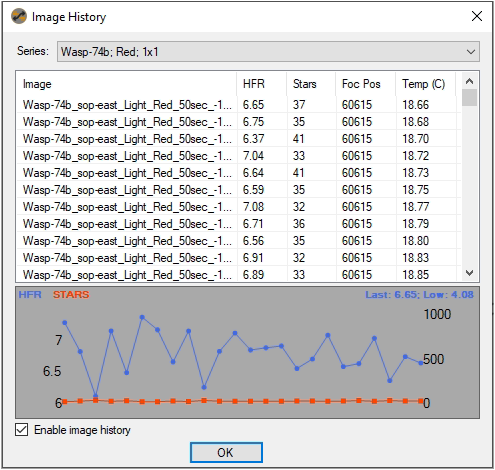
I was unable to auto focus successfully maybe due to the low altitude and seeing. I also discovered that temperature compensation was enabled so we probably need to remeasure the temperature compensation coefficients so the focus deltas are better between the par focal filters.
The object was at a relative low altitude, the outside temperature was warm and although the skies appeared clear our AAG CloudWatcher sensors via the Grafana dashboard told a different story. For us a truly clear sky is anything equal or lower than -18℃.
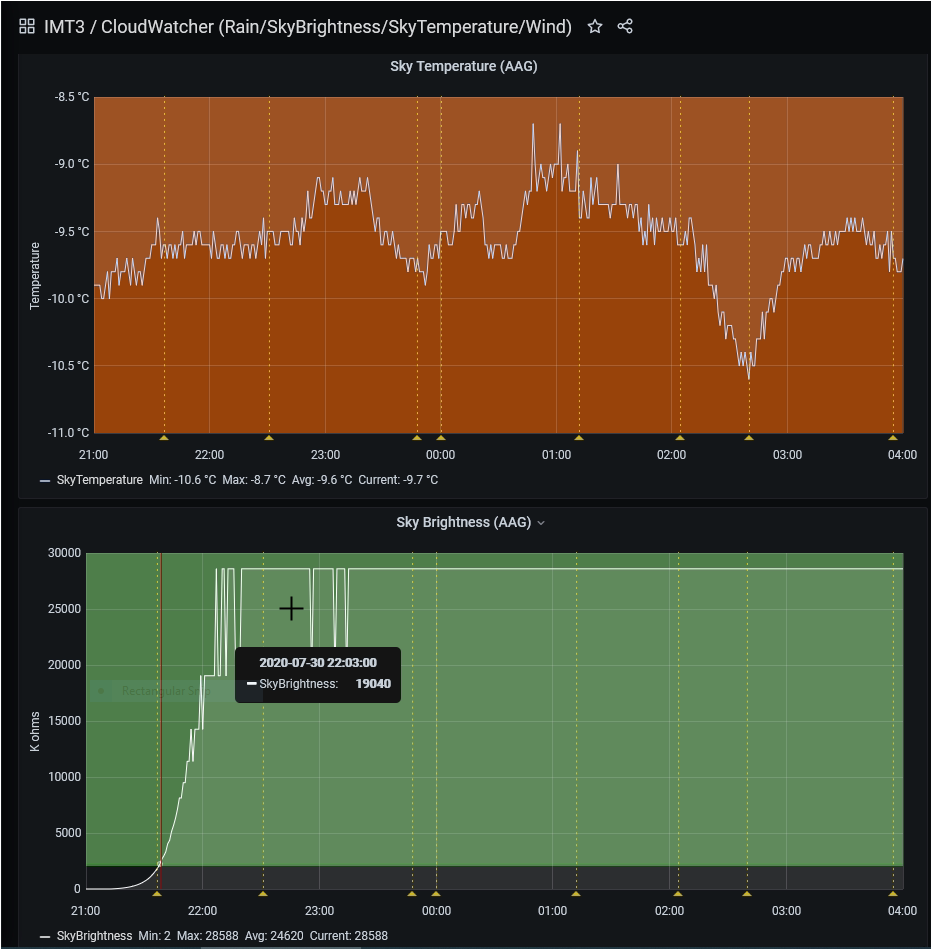
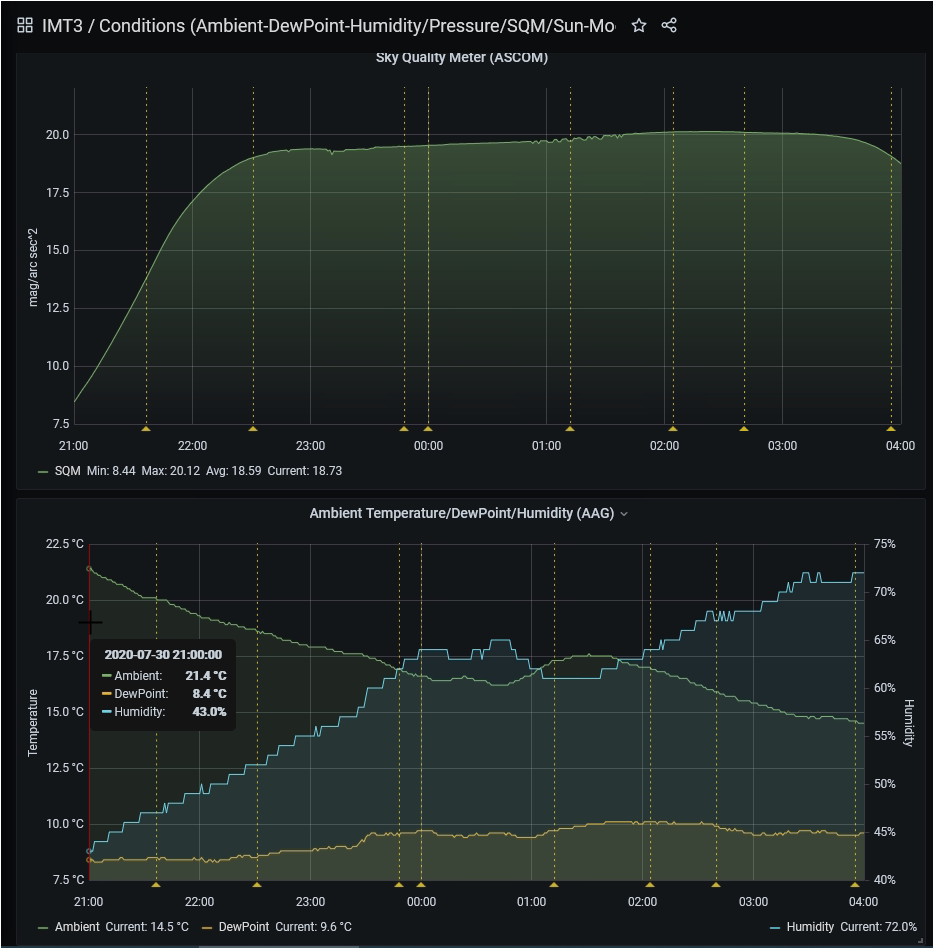
After performing a meridian flip, resumed the guiding I started to feel tired so I set my alarm for 3am and went to bed. Unfortunately there appeared to be a guiding issue at some point shortly I went to bed.
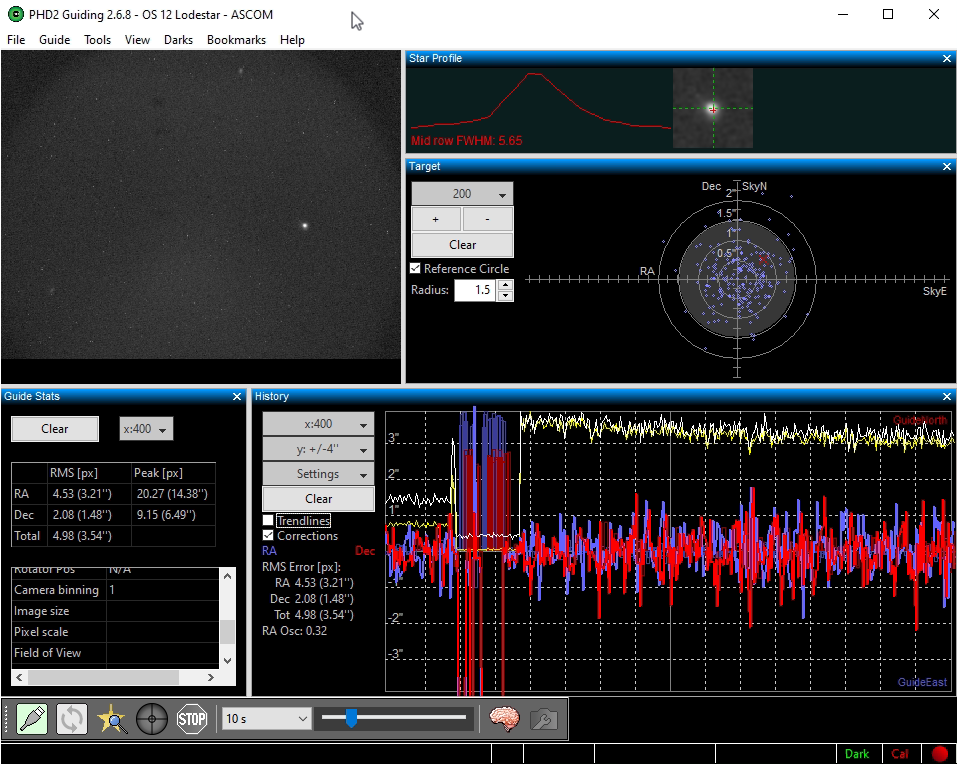
This was investigated using the phdLogViewer and shown to be a loss of guide star and didn’t recover for around 18 minutes.
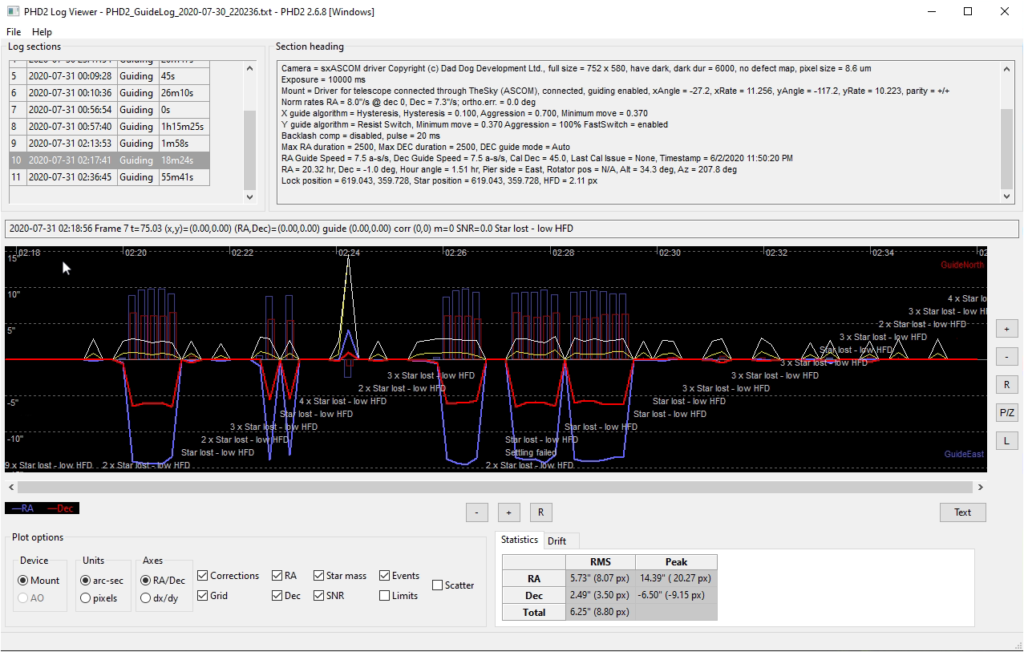
The guiding issue also caused the image to shift so the target and reference stars moved. We need this in frame in order to run the frames through the provided HOPs data analysis program which hopefully won’t have a problem in reading them. That’s an exercise for this weekend and hopefully we will have enough data to yield a decent light curve that we can submit.

